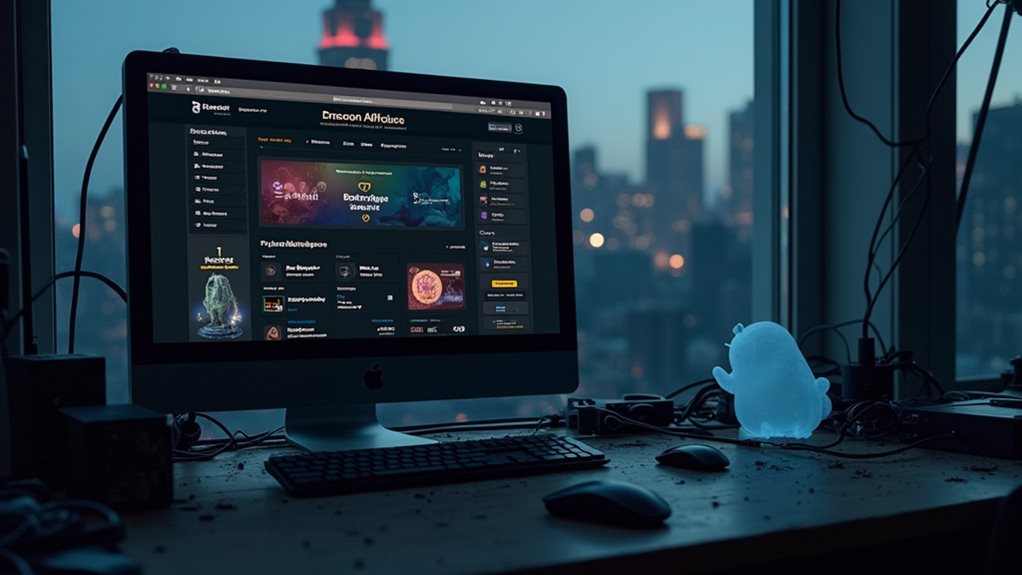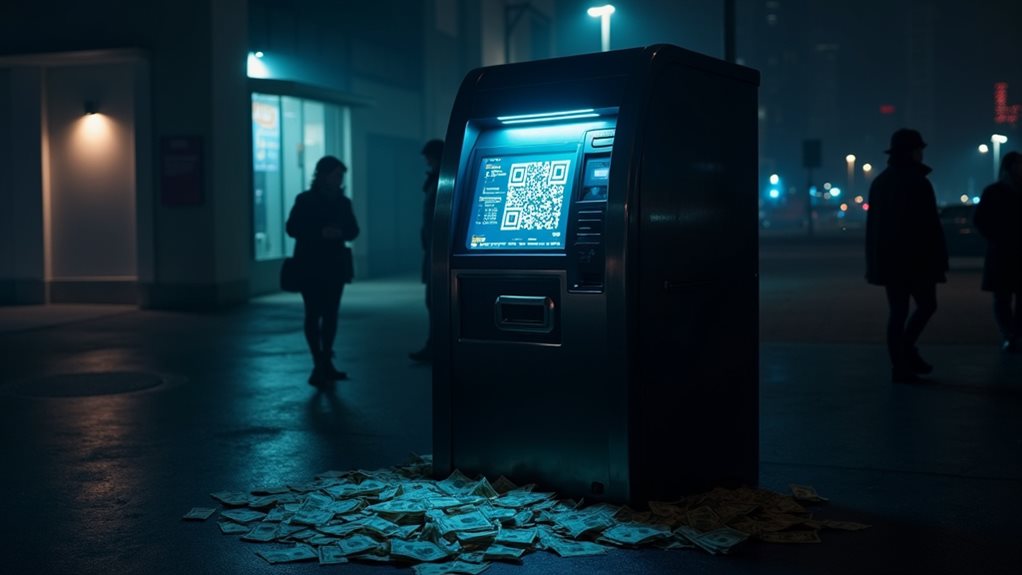Bybit’s NFT marketplace shutdown on April 8, 2025, signals yet another casualty in the crumbling digital collectibles space. The platform’s exit follows industry giants Kraken and LG Art Lab, reflecting a brutal 95% market value decline since December 2024. Daily trading volumes have plummeted 70%, and active wallets have dwindled to under 20,000. While some niche collections survive, the NFT party seems over – though the digital asset landscape keeps evolving in unexpected ways.

As the once-booming NFT market continues its downward spiral, cryptocurrency exchange Bybit has thrown in the towel on its NFT marketplace. The platform announced its shutdown, effective April 8, 2025, at 16:00 UTC, marking yet another casualty in the increasingly brutal digital collectibles space.
The numbers tell a grim story. Daily trading volumes have nosedived 70% compared to last year, while year-over-year sales plummeted 63% in Q1 2025. The market has experienced a staggering 95% value decline from its December 2024 peak. Remember when everyone and their grandmother wanted a Bored Ape? Those days are long gone. The once-buzzing collections now sit mostly dormant, gathering digital dust.
Bybit isn’t alone in its retreat. Kraken and LG Art Lab have already packed up their NFT operations, victims of a market that’s lost its mojo. Total NFT sales hit a measly $1.5 billion in Q1 2025, down from $4.1 billion the previous year. That’s quite a fall from grace for an industry that once seemed unstoppable. Active wallets engaging in NFT trading have seen a dramatic drop to under 20,000 participants.
NFT marketplaces are dropping like flies, with sales plummeting from billions to crumbs in just one year’s brutal decline.
Users need to act fast. The closure affects both the NFT Marketplace and Inscription Marketplace, along with IDO services. Anyone with assets in Bybit web3 wallets needs to transfer them out before the deadline. No pressure, but tick-tock.
The writing was on the wall. Between security breaches (like Bybit’s February incident), regulatory headaches, and the dominance of established players like OpenSea and Blur, smaller marketplaces were fighting an uphill battle. Market saturation? Check. Declining investor confidence? Double check.
Yet, it’s not all doom and gloom for the NFT world. Some niche collections are still thriving, and there’s potential for NFTs beyond just digital art collecting. Decentralized platforms might offer a more sustainable future, and technological advances could breathe new life into the space.
But for now, Bybit’s exit serves as a stark reminder: in the volatile world of digital assets, nothing lasts forever. Not even cute pixel art worth millions.









